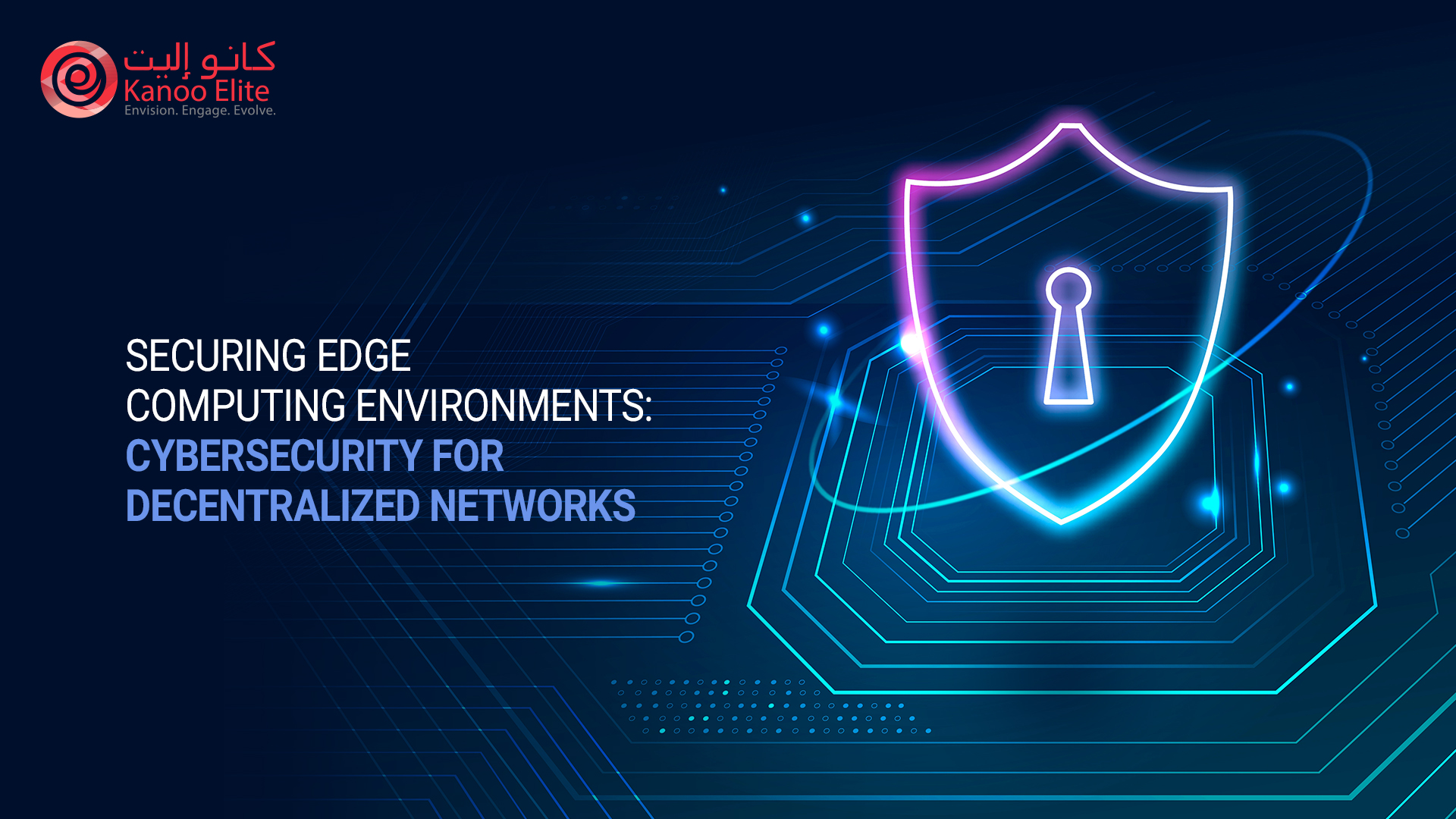In recent years, the landscape of computing has undergone a significant transformation. This transformation has been driven by the advent of edge computing.
Wondering what changes Edge Computing has brought forward?
Edge computing brings computing resources closer to the data source, reducing latency and improving efficiency. This paradigm shift, however, introduces new challenges, particularly in the realm of cybersecurity.
As organizations increasingly adopt decentralized networks, ensuring the security of edge computing environments becomes paramount. Therefore, it’s important to explore the unique cybersecurity challenges posed by edge computing and offer insights into strategies for securing decentralized networks.
Understanding Edge Computing
Edge computing represents a departure from the traditional centralized cloud model, distributing computing resources closer to the edge of the network. This proximity to data sources results in faster processing and reduced latency, making it ideal for applications such as Internet of Things (IoT), real-time analytics, and autonomous systems. While edge computing offers numerous advantages, it also introduces a complex cybersecurity landscape.
Challenges in Edge Computing Cybersecurity
There are quite a few challenges that need to be addressed when you’re working on edge computing cybersecurity for decentralized networks.
Here’s a look at some of them.
Distributed Nature
One of the primary challenges in securing edge computing environments is their inherently distributed nature. Traditional security measures designed for centralized architectures may not effectively address the dispersed and dynamic nature of edge networks.
Limited Resources
Edge devices often have limited computing resources, making it challenging to implement robust security measures. The constraints of power, processing capabilities, and memory on edge devices require innovative solutions to maintain cybersecurity without compromising performance.
Data Privacy Concerns
The proximity of edge computing to data sources raises concerns about data privacy. Ensuring that sensitive information is adequately protected at the edge becomes crucial, especially in applications where data is generated and processed locally.
Interconnected Ecosystems
Edge computing environments involve a complex interconnection of devices and systems. The interconnected nature of these ecosystems increases the attack surface, providing more entry points for malicious actors.
Strategies for Securing Edge Computing Environments
It’s important to have a proper and secure environment for edge computing. And it’s not easy to get a secure environment for it. In fact, you need to follow a few strategies for securing edge computing environments. Here’s a quick overview of some of them.
Zero Trust Architecture
Adopting a zero-trust architecture is fundamental in securing decentralized networks. Rather than assuming trust within the network, a zero-trust approach requires continuous verification of entities, devices, and users, regardless of their location within the network. This helps prevent lateral movement by attackers within the edge environment.
Encrypted Communication
Implementing end-to-end encryption for communication between edge devices and the central infrastructure is essential. This ensures that data transmitted across the network remains secure and confidential. Encryption protocols such as TLS (Transport Layer Security) can be employed to establish secure communication channels.
Edge Device Security
Securing individual edge devices is critical. This involves employing security measures such as device hardening, regular software updates, and the use of secure boot mechanisms. Additionally, implementing device authentication and access controls helps mitigate the risk of unauthorized access.
Container Security
Many edge computing deployments leverage containerization for application deployment. Ensuring the security of containers is crucial to prevent vulnerabilities and unauthorized access. Container security solutions, such as runtime protection and vulnerability scanning, can enhance the security posture of edge applications.
Behavioral Analytics
Leveraging behavioral analytics can help detect anomalous activities within the edge environment. By establishing baselines for normal behavior, any deviations can be promptly identified, allowing for a swift response to potential security incidents.
Edge-specific Threat Intelligence
Tailoring threat intelligence to the specific characteristics of edge computing environments is essential. Understanding the unique threats and vulnerabilities associated with decentralized networks enables organizations to proactively defend against emerging risks.
Regulatory Compliance
Adhering to relevant cybersecurity regulations and standards is crucial for organizations operating in edge computing environments. Compliance ensures that security measures are in place to protect sensitive data and that the organization meets legal requirements related to cybersecurity.
Collaborative Security Approach
Given the interconnected nature of edge ecosystems, collaboration among stakeholders is essential. Establishing partnerships between device manufacturers, software developers, and cybersecurity experts fosters a holistic approach to security, addressing vulnerabilities at every level of the edge computing stack.
Conclusion
As edge computing continues to gain prominence in the technology landscape, the need for robust cybersecurity measures becomes increasingly apparent. Organizations must recognize the unique challenges posed by decentralized networks and proactively implement strategies to secure edge computing environments. By adopting a zero-trust architecture, prioritizing encrypted communication, and addressing device and application security, organizations can build a resilient defense against evolving cyber threats. A collaborative approach, coupled with continuous monitoring and adaptation to emerging threat landscapes, will be key to ensuring the long-term security and success of edge computing deployments.



